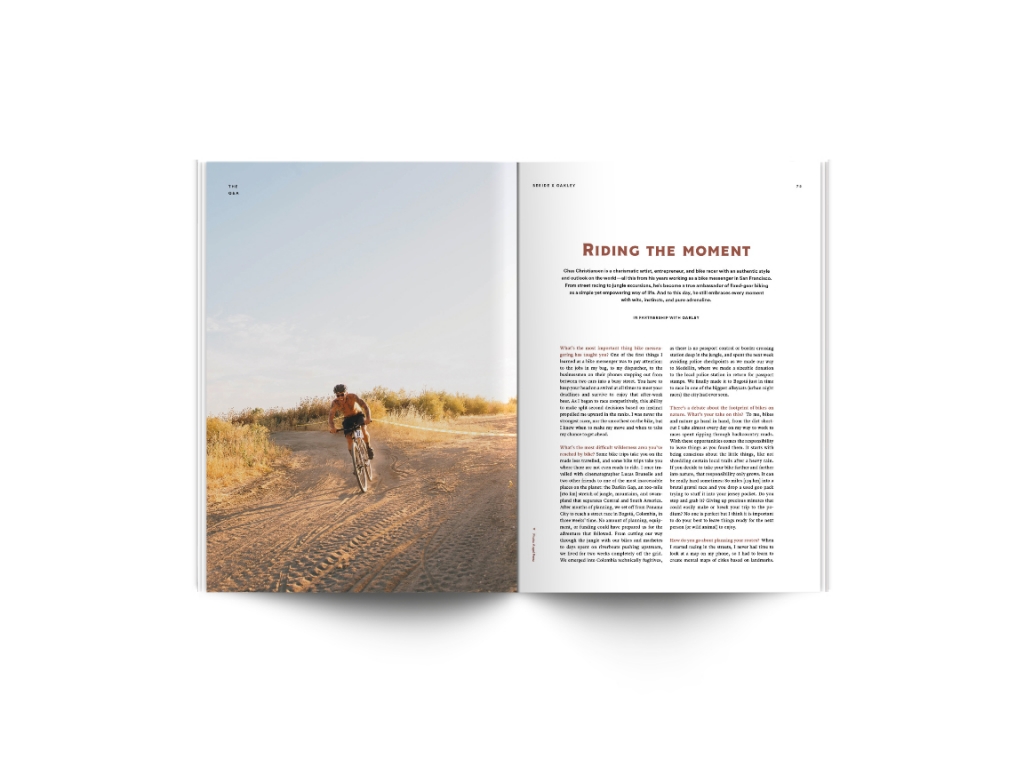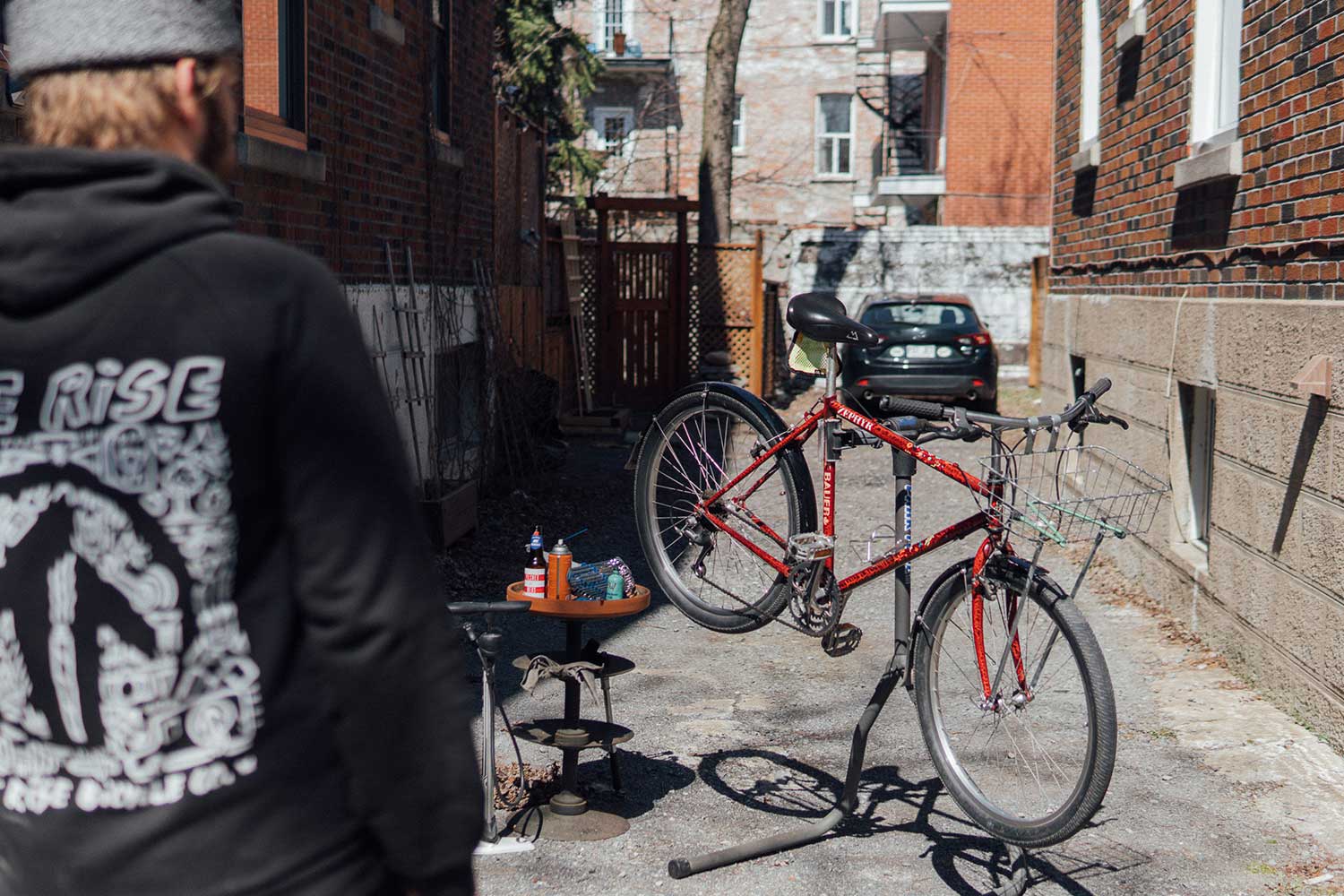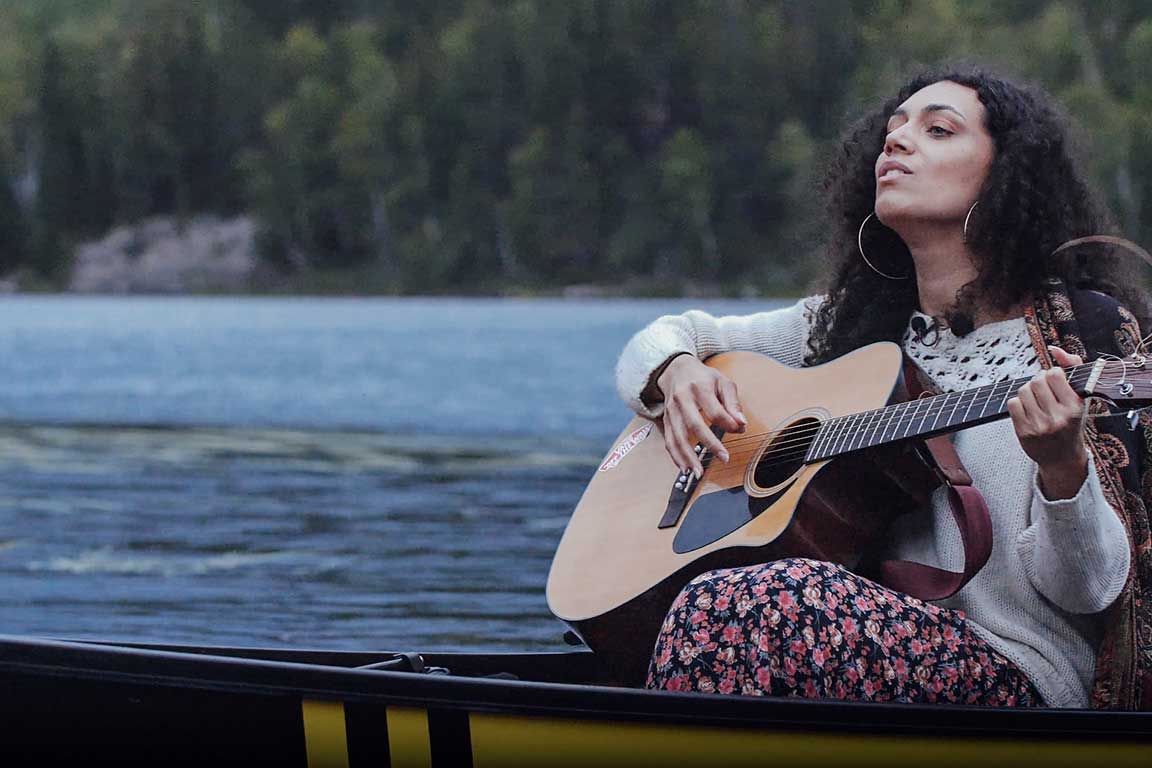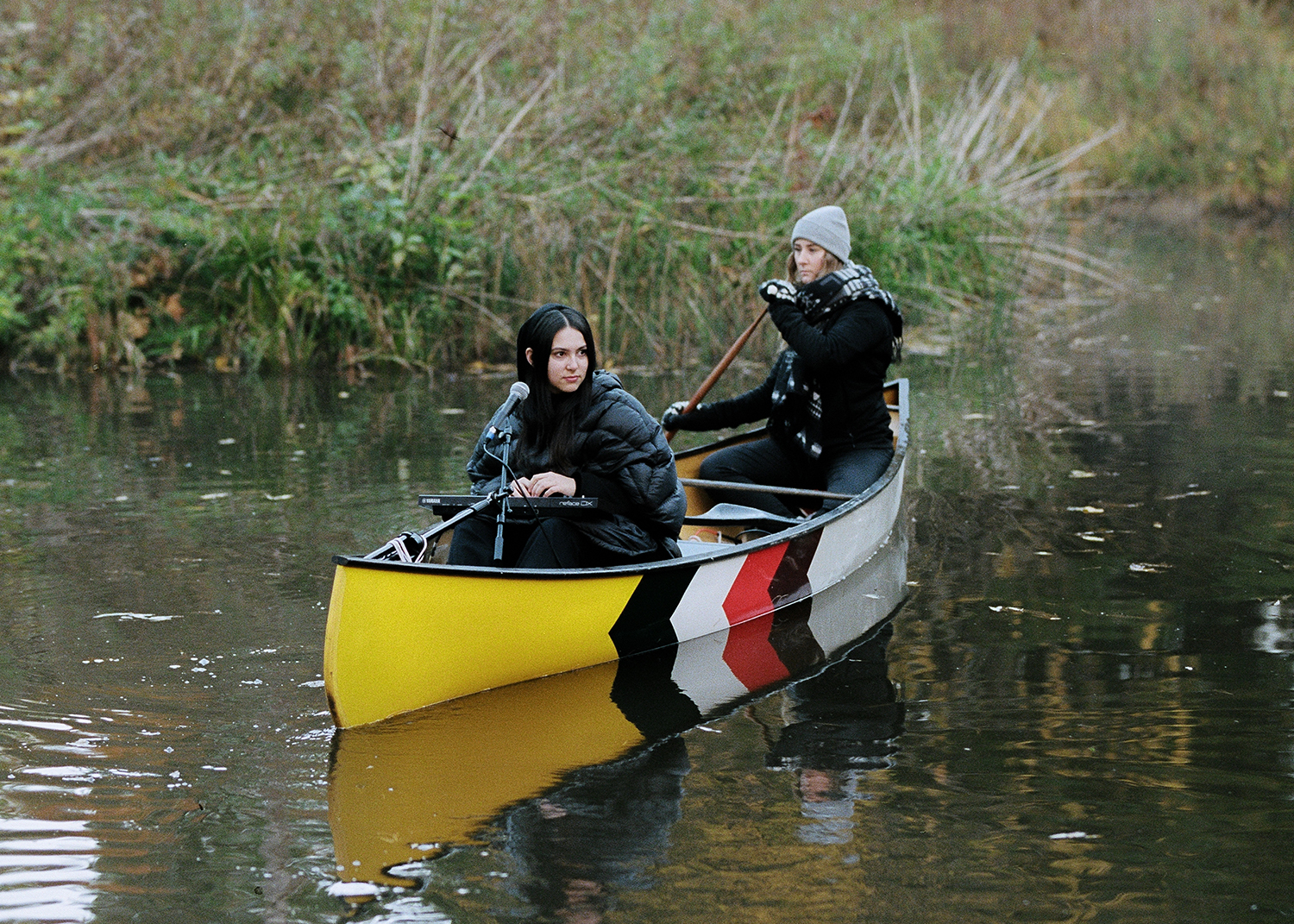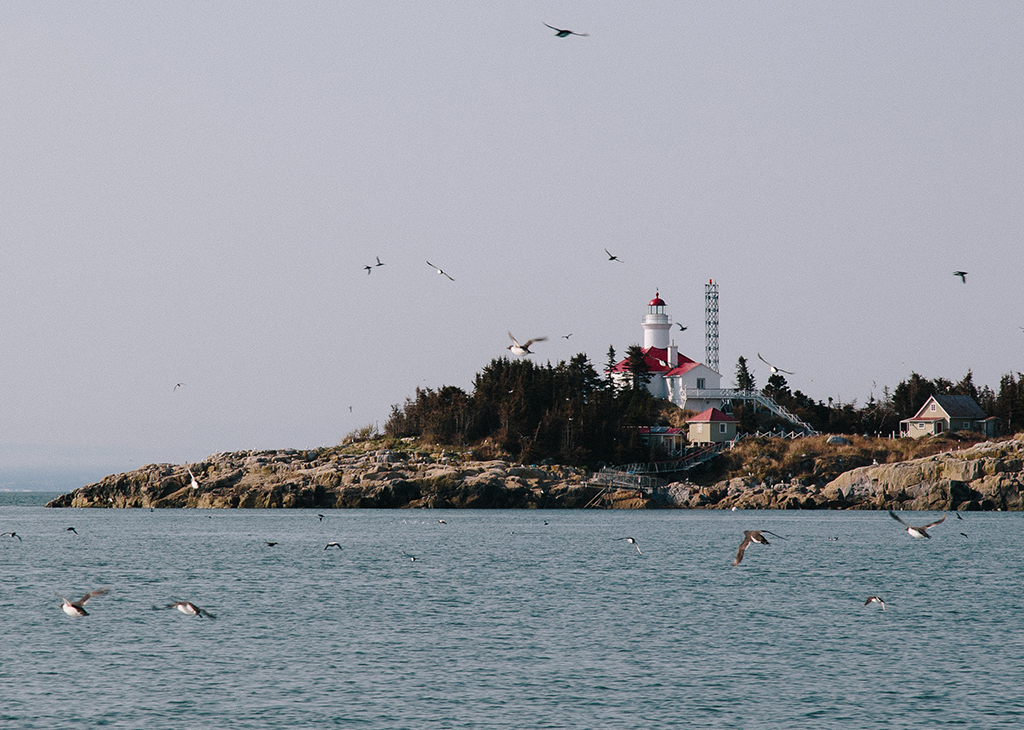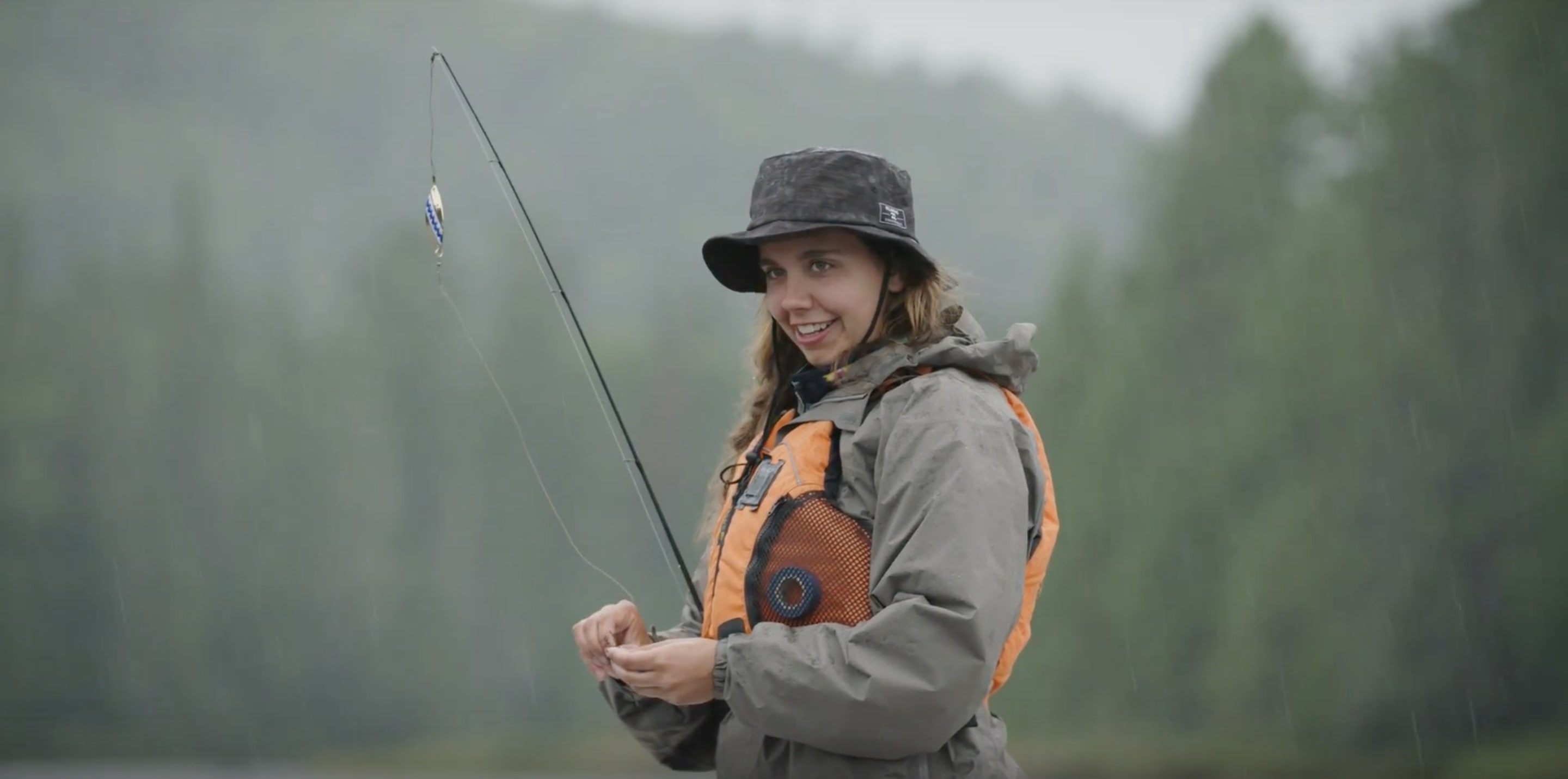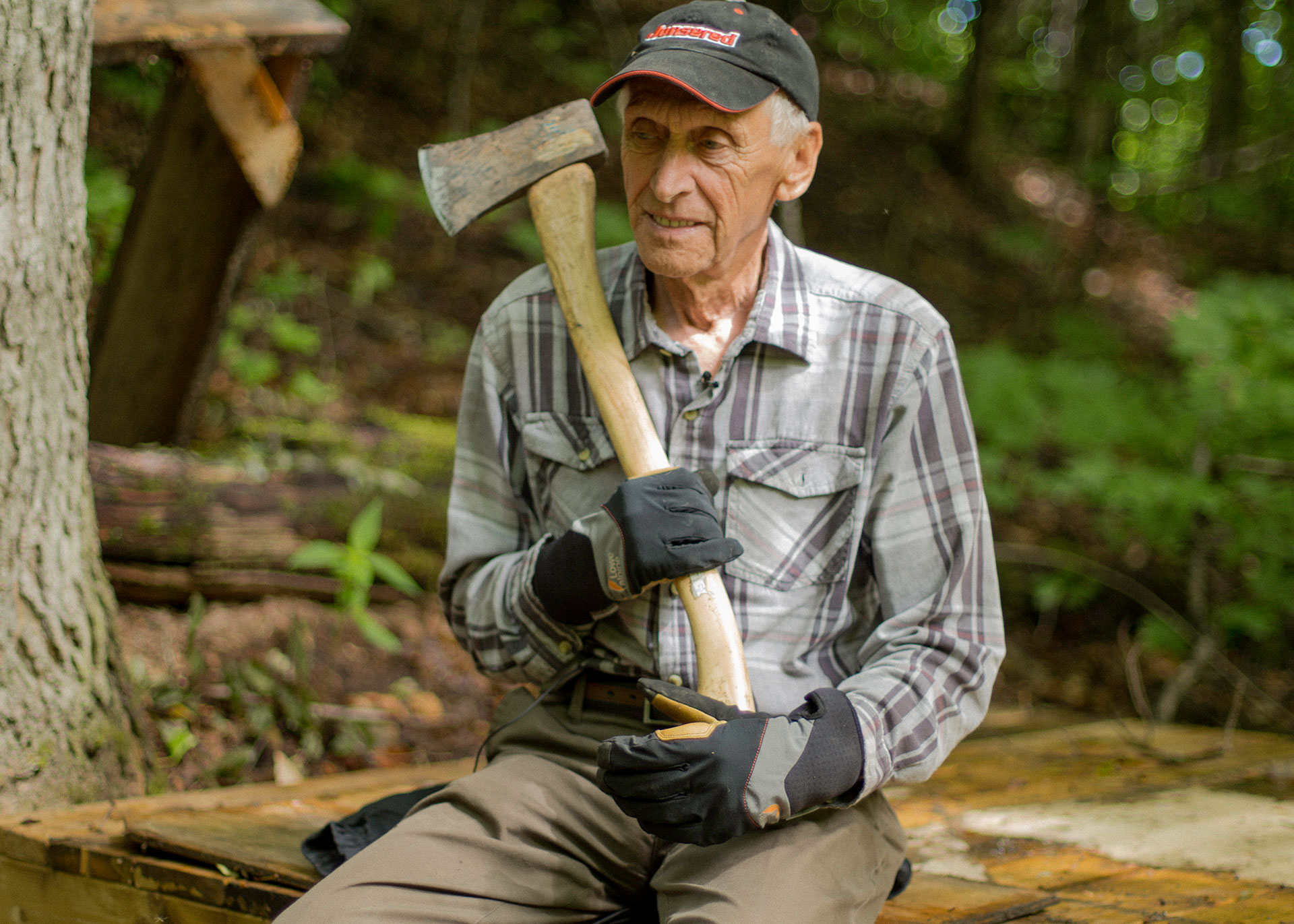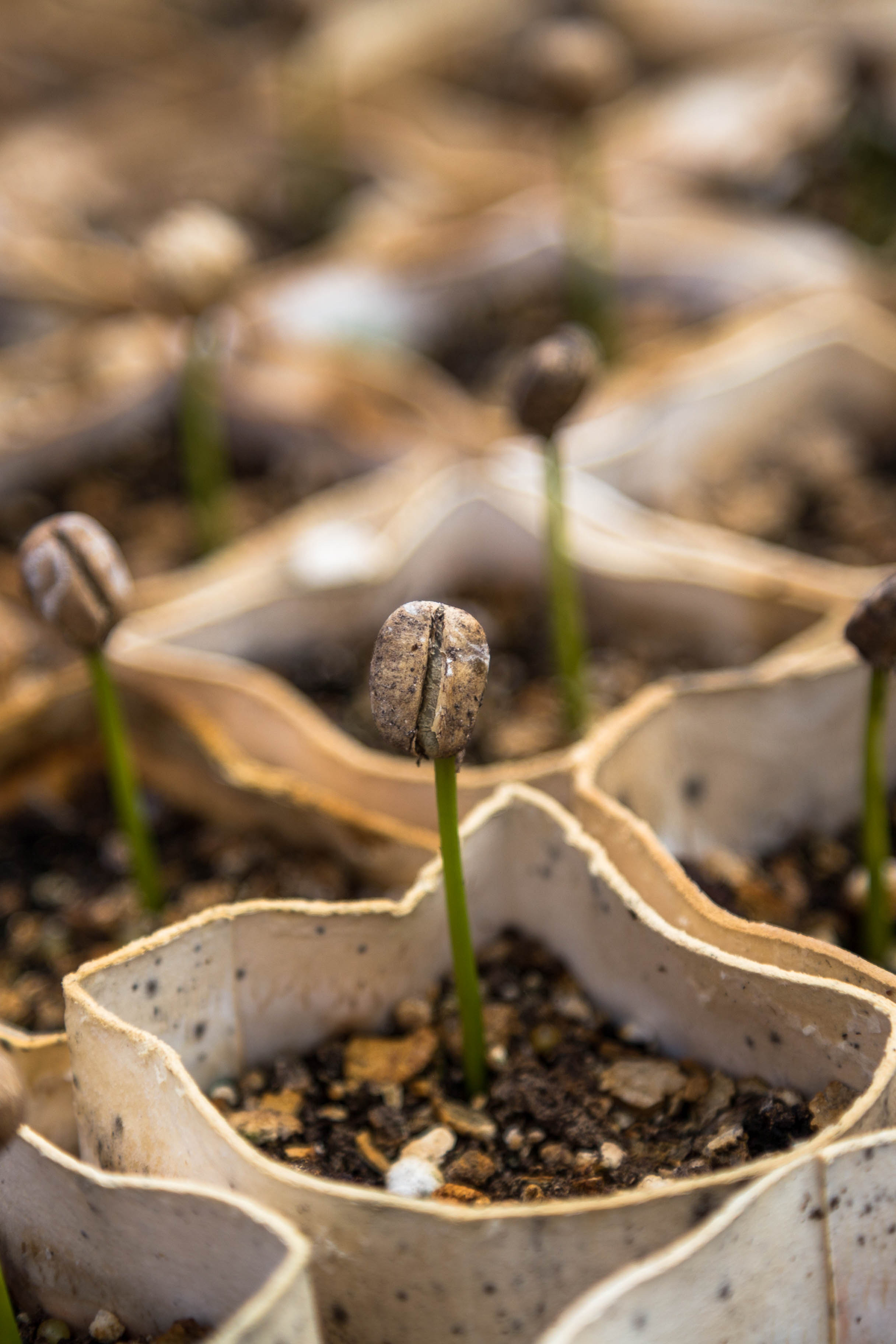BESIDE X OAKLEY
Riding the Moment
BESIDE x OAKLEY
Chas Christiansen is a charismatic artist, entrepreneur, and bike racer with an instinctive style and outlook on the world—all this from his years working as a bike messenger in San Francisco. From street racing to jungle excursions, he’s become a true ambassador of fixed gear cycling as a simple yet empowering way of life. And to this day, he still embraces every moment with wits, authenticity, and pure adrenaline.
What’s the most important thing bike messengering has taught you?
One of the first things I learned as a bike messenger was to pay attention: to the jobs in my bag, to my dispatcher, to the businessmen on their phones stepping out from between two cars into a busy street. You have to keep your head on a swivel at all times to meet your deadlines and survive to enjoy that after-work beer. As I began to race competitively, this ability to make split-second decisions based on instinct propelled me upward in the ranks. I was never the strongest racer, nor the smoothest on the bike, but I knew when to make my move and when to take my chance to get ahead.

What’s the most difficult wilderness area you’ve reached by bike?
Some bike trips take you on the roads less travelled, and some bike trips take you where there are not even roads to ride. I once trav-elled with cinematographer Lucas Brunelle and two other friends to one of the most inaccessible places on the planet: the Darién Gap, an 100-mile [160 km] stretch of jungle, mountains, and swamp-land that separates Central and South America. After months of planning, we set off from Panama City to reach a street race in Bogotá, Colombia, in three weeks’ time. No amount of planning, equipment, or funding could have prepared us for the adventure that followed. From cutting our way through the jungle with our bikes and machetes to days spent on riverboats pushing upstream, we lived for two weeks completely off the grid. We came into Colombia technically as fugitives— there is no passport control or border crossing station deep in the jungle—and spent the next week avoiding police checkpoints as we made our way to Medellín, where we made a sizeable donation to the local police station in return for passport stamps. We reached Bogotá just in time to race in one of the biggest alleycats (urban night races) the city had ever seen.

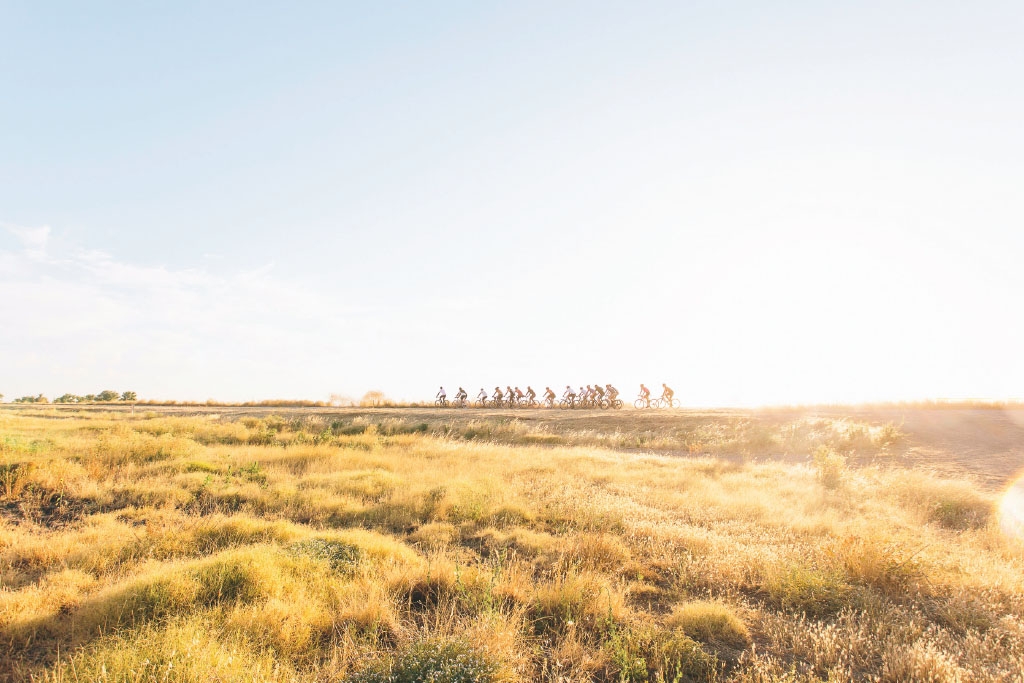
There’s a debate about the footprint of bikes on nature. What’s your take on this?
To me, bikes and nature go hand in hand, from the dirt shortcut I take almost every day on my way to work to races spent ripping through backcountry roads. With these opportunities comes the responsibility to leave things as you found them. It starts with being conscious about the little things, like not shredding certain local trails after a heavy rain. If you decide to take your bike farther and farther into nature, that responsibility only grows. It can be really hard sometimes: 80 miles [129 km] into a brutal gravel race and you drop a used goo pack trying to stuff it into your jersey pocket. Do you stop and grab it? Giving up precious minutes that could easily make or break your trip to the podi-um? No one is perfect, but I think it is important to do your best to leave things ready for the next person (or wild animal) to enjoy.
How do you go about planning your routes?
When I started racing in the streets, I never had time to look at a map on my phone, so I had to learn to create mental maps of cities based on landmarks. Now that I race longer distances, mapping my routes has become more necessary. Races like the Transcontinental require substantial planning; navigating 3,800 self-supported kilometres [2361 miles] across Europe, your race is wholly dependant on prior routing. I still bring a lot of my street racing style with me, routing things checkpoint to checkpoint, leaving much of the interim riding open and susceptible to whims. While this plan may not always be the winning ticket, it has kept things fun and adventurous.

When you improvise your way through city traffic, or along an unbeaten dirt path, what gets you stoked?
I think that I approach riding a little differ-ently than some people. My take is less precise and focused, and more based on flowing and moving through the moment. A lot of the people I race with talk about razor-edge focus, and running through all options in a split second to calculate the best reaction. Instead, I love letting my instincts and gut reactions dictate how I pick a line through traffic or bomb down a gnarly hill. That feeling of freedom gets me really stoked. Sometimes it’s a little terrifying to just let go and drop in, but it remains one of the best parts of riding. You have to trust that your trajectory will take you where you want to go. It doesn’t always end up the way you want, but that’s part of the game. You have to crash to learn how not to! ■
